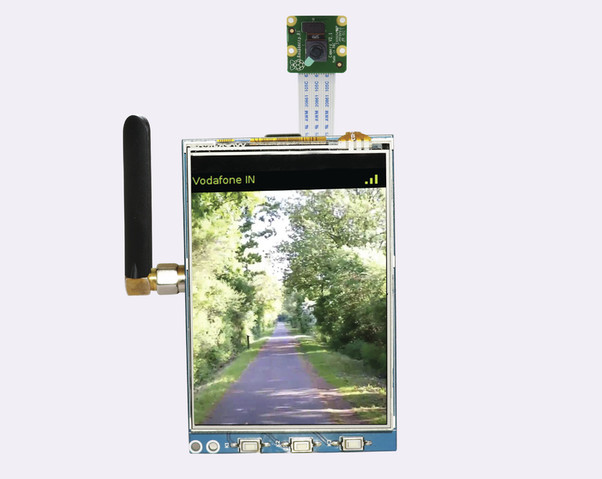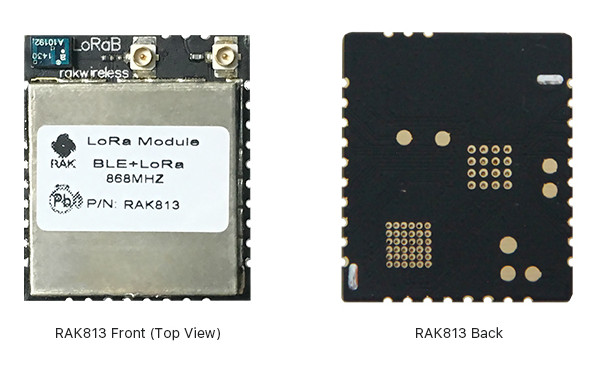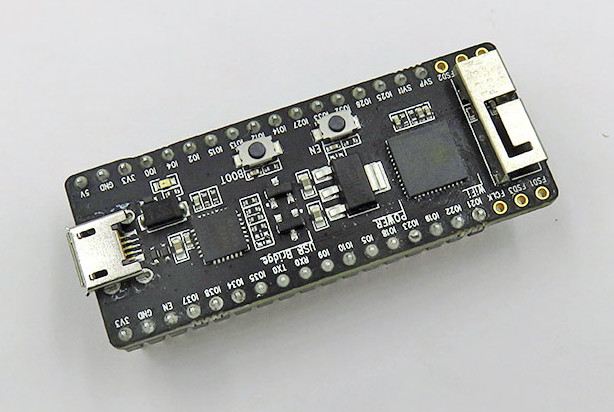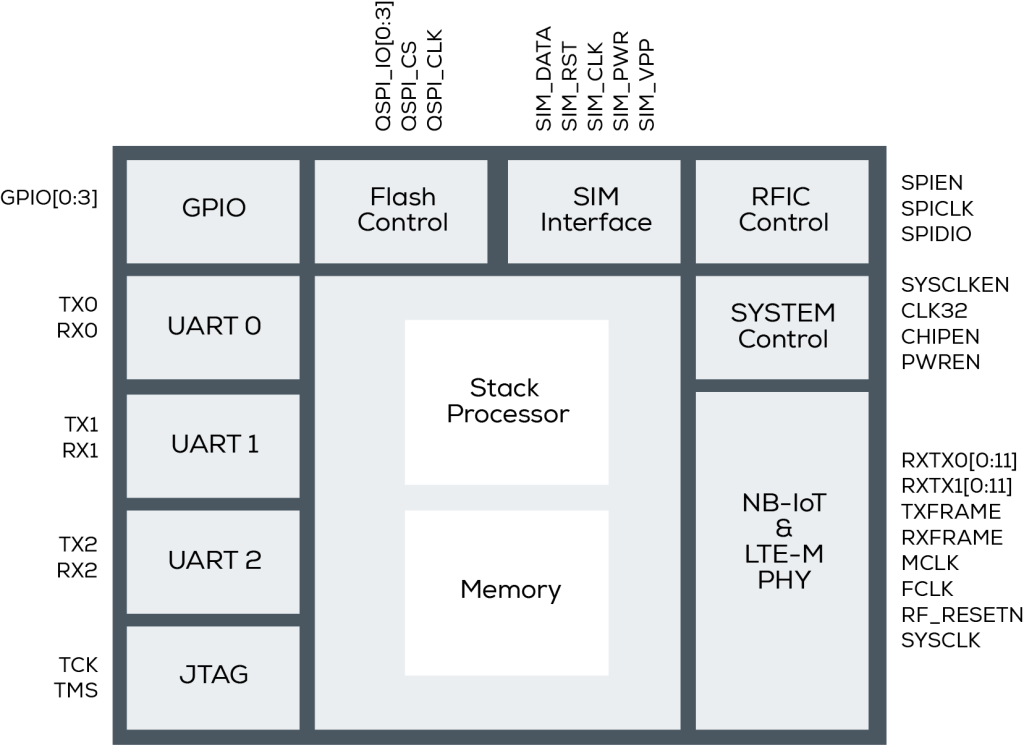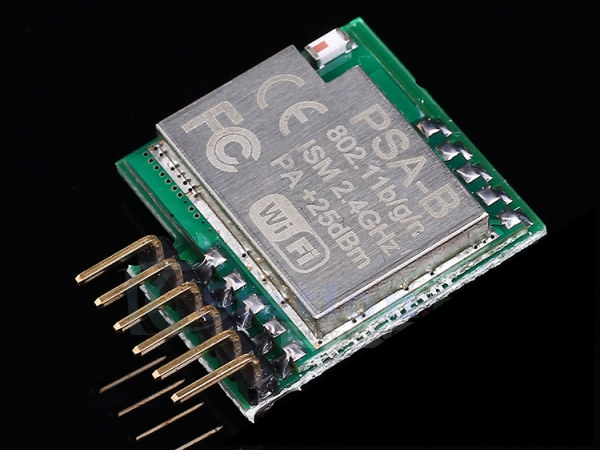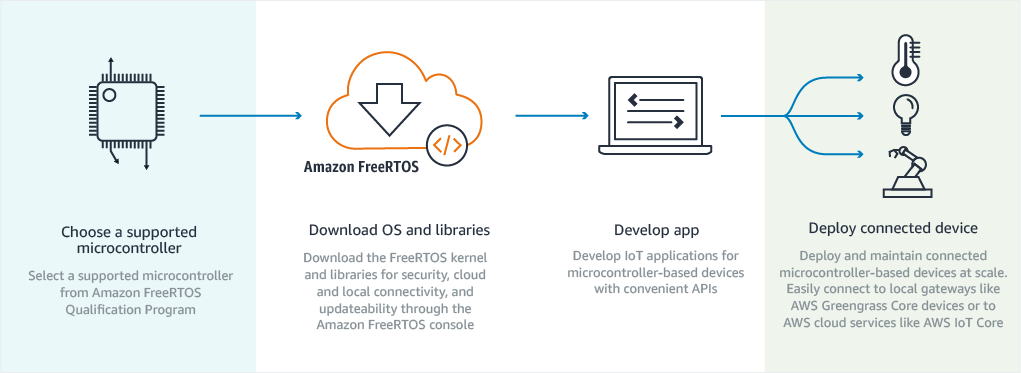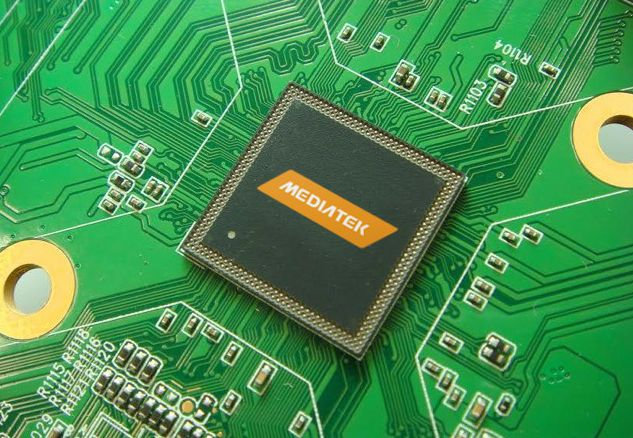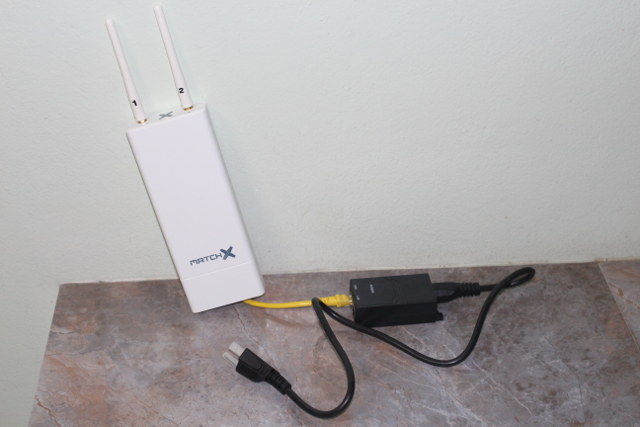The Raspberry Pi boards are used in a countless number of projects, and some of those turn one of Raspberry Pi boards into a (thick) smartphone powered by Linux. The first one was probably PiPhone based on Raspberry Pi 1 Model B, and other followed suit such as TyTelli based on Raspberry Pi Model A+, and more recently ZeroPhone powered, as its name implies, by Raspberry Pi Zero board. UK based SB Components Ltd is offering another option with their PiTalk HAT based on a Quectel 3G UMTS module, and kits adding a 3.2″ to 5″ display, an optional camera, and/or Raspberry Pi 3 board. PiTalk board specifications: Cellular Connectivity Quectel UC15 3G/2G UMTS/HSDPA and GSM/GPRS/EDGE module with up to 3.6 Mbps download, 384 Kbps upload SMA antenna connector Push push SIM card holder Voice, SMS and data support Audio – 3.5 mm audio jack, speaker and mic support via […]
RAK Wireless Introduces LoRa + BLE Module, LoRa GPS Tracker, and NB-IoT/eMTC Arduino Shield
We’ve previously covered several products from RAK Wireless, including RAK WisCam Arduino compatible Linux camera, RAK CREATOR Pro Ameba RTL8711AM WiFi IoT board, and WisCore modular development kit for application leveraging voice assistants such as Amazon Alexa. AFAIK, the company had not released any new products since their RAK831 LoRa gateway module launched last summer, but they just contact me with the release of three new wireless products, namely RAK813 BLE + LoRa module, RAK811 LoRa tracker board, and WisLTE NB-IoT/eMTC/eGPRS Arduino shield. RAK813 BLE + LoRa module & Development Board Main features and specifications: Connectivity LoraWAN via Semtech SX127x (LoRa) chipset Frequency Ranges 433MHz, 470MHz FCC Frequency range 902~928MHz CE Frequency range 863~870MHz MIC Frequency range 920~928MHz KCC Frequency range 920~923MHz Receiver Sensitivity: LoRa down to -146 dBm TX Power – adjustable up to +14 dBm, max PA boost up to 20dbm Range – Up to 15 km in rural […]
ESP32-PICO-KIT v4 Board Based on ESP32-PICO-D4 SiP Now Available for $10
A little while ago, I received a bunch of ESP32 PICO Core development boards which were based on Espressif Systems ESP32-PICO-D4 system-in-package with ESP32, 4MB SPI Flash, and other components. The advantage of such chip is that is requires less external component, and allows for smaller designs. For example, the boards I received would leave two row of pin on each side of the board, while most other ESP32 boards will only expose one row on each side. I used the board to play with Micropython ESP32 port, and later-on when I launched a giveaway of 8 of the boards, I found out the name had changed to ESP32-PICO Kit, with the documentation listing v3 with all pins connected to male headers, and v4 with 6-pin not connected to a male header as shown in the photo below. Both versions of the board also have a different pin layout. But […]
Riot Micro RM1000 NB-IoT and eMTC Baseband Chip Unveiled for the Cellular IoT Market
Telecommunication providers don’t intend to let newcomers like Sigfox or Semtech (LoRa) get all the fun and money with the Internet of Things, and that’s why LTE Cat M1 (eMTC) and Cat NB1 (NB-IoT) have been standardized. We have already covered module and silicon vendors products such as U-blox SARA-R4 / SARA-M2 modules, or Mediatek MT2625 SoC supporting the new protocols defined in 3GPP release 13 specifications. U-blox even have a module that supports both NB-IoT and eMTC in a single chip, but they are not alone anymore, as a startup called Riot Micro introduced RM1000 baseband NB-IoT & eMTC chip. RM1000 key features & specifications: MCU – ARM Cortex-M0 processor Storage – QSPI Flash interface Connectivity LTE-M Baseband supporting 3GPP Release 13 NB-IoT Baseband supporting 3GPP Release 13 SIM interface with power control Peripherals Digital data and control interface to popular RFICs (RBDP/DIQ/SPI) 3x UART interfaces General purpose I/O […]
This Tiny ESP8266 Board is Designed for DIY WiFi Switches
Various breadboard-friendly boards based on ESP8266 or other chips are available on the market, but some readers are not quite satisfied with the offerings, and need more available pins on the breadboard so they ended up hacking the board matching their needs by either bending header pins, or soldering modules to stripboards. As I browsed new arrivals on ICstation website, I found a tiny board with ESP8266 module that exposes I/Os via what looks like 2.54 mm pitch header that should fit right into a breadboard. But after further checking only three I/Os are exposed, and the board is actually specifically designed for wireless switches, and comes with firmware that works with eWelink app used in Sonoff devices. So the module could be useful for people wanting to control devices without doing programming at all, and limited to no soldering. Just connect the module, and control it without smartphone. Board […]
Amazon FreeRTOS Released for NXP, Texas Instruments, STMicro, and (soon) Microchip Microcontrollers
FreeRTOS is an open source real-time operating system for microcontrollers released under an MIT license, and when it comes to adoption in embedded systems it’s right there near the top with embedded Linux according to Aspencore 2017 embedded markets study. For example, some Espressif SDKs for ESP8266 or ESP32 are based on FreeRTOS, and so is Mediatek LinkIt Development Platform for RTOS. The recently announced Amazon FreeRTOS (a:FreeRTOS) leverages the open source operating systems, and extends it with with libraries that enable local and AWS cloud connectivity, security, and soon over-the-air updates. a:FreeRTOS is free of charge, open source, and available today. In order to get started, you’ll have a choice of 4 hardware platforms: STMicro STM32L4 Discovery Kit IoT Node (B-L475E-IOT01A) powered by STM32L475 ARM Cortex-M4 MCU with 802.11 b/g/n WiFi, Bluetooth 4.1 LE, RF (868 / 915 MHz), and NFC connectivity, plenty of sensors NXP LPC54018 IoT module (OM40007) […]
Mediatek MT2621 Supports Dual Mode NB-IoT and GSM/GPRS for IoT, Wearables, and Industry 4.0
Mediatek introduced MT2625 ARM Cortex-M SoC supporting NB-IoT (aka LTE Cat NB1/NB2) compatible with 3GPP Release 14 last summer, and designed for global cellular IoT devices. The company has now unveiled a new NB-IoT part with Mediatek MT2621 ARM7 dual-mode IoT SoC that is capable of both NB-IoT R14 and GSM/GPRS connectivity for applications such as smart trackers, wearables, IoT security, smart metering and industrial applications. The chip would allow you to start deploying devices with GSM connectivity, and once available in your locale, switch to the more efficient NB-IoT protocol. Mediatek MT2621 specifications: Processor – Single ARM7 core @ up to 260MHz Memory – 160KB + 4MB PSRAM Internal Flash Connectivity Integrated Baseband, RF, Antenna, and Modem DSP NB-IoT ultra-low/low/mid bands defined by 3GPP Rel-14 GSM/GPRS Bluetooth 4.2 Display – LCM interface Camera – Camera interface Audio – Audio Amplifier Integrated PMU Mediatek is really light on details, but […]
MatchBox LoRaWan Gateway Review – Part 1: Unboxing and Teardown
Last spring, I wrote about MatchX.io MatchBox LoRaWAN gateway with GPS, WiFi, and Ethernet connectivity. The gateway is equipped based on a Mediatek WiFi module running Linux (OpenWrt/LEDE), Semtech chips for the LoRa part, and support up to 65,535 nodes, such as the as well as MatchStick, MatchModule, and MatchCore sensors provided by the company. I’ve just received MatchBox gateway for review, but I’m still waiting for 920-925MHz LoRa nodes as they are going through the FCC certification process, and I also have to wait for clarifications regarding local regulations. So in the meantime, I’ll check out the gateway hardware. MatchBox LoRaWAN Gateway Unboxing The gateway is shipped with a power supply, power cord, two antennas, an installation guide,… as well as three screws and pegs to wall mount the gateway and power supply, and in case you want to install the gateway on a pole, as shown below, for […]


